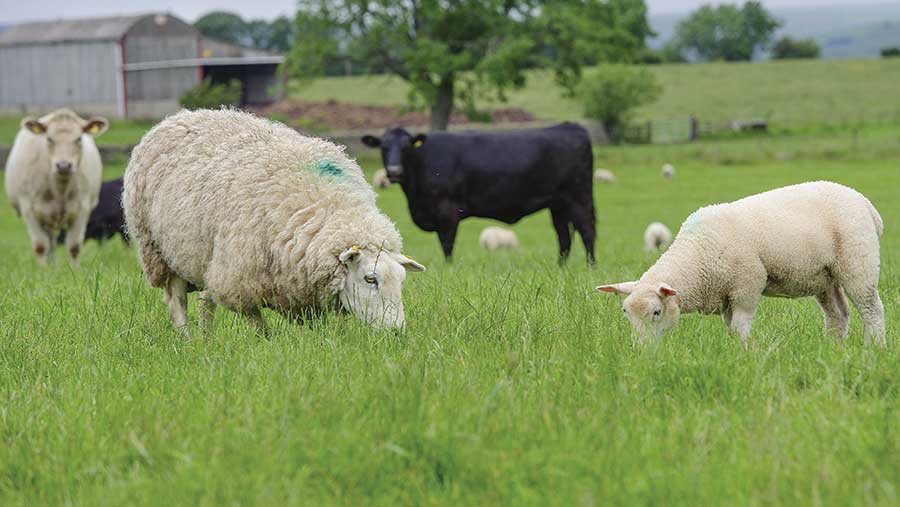Stocktake results show top livestock businesses fail to make profit
 © FLPA/Rex Shutterstock
© FLPA/Rex Shutterstock The most profitable beef farmers control their fixed costs strictly and maximise earnings from their stock, according to new research.
However, figures from AHDB’s annual Stocktake report, which gathered data from 400 English farms, revealed that even the best producers struggled to avoid a loss in the year to March 2015.
The full economic costings showed beef profitability across most systems had improved slightly since the previous year – but most were still in the red.
Lowland suckler herds made a net loss of £218 a cow put to bull on average, with the top third of performers still losing £43 a cow.
The best suckler herds on severely disadvantaged land made a £23 a cow net profit but the average was down at a £125 loss.
Herds selling most of their animals as stores made a £128-a-head loss on average.
Farms finishing cattle up to 16 months, up to 24 months and over two years all lost more than £200 a head.
See also: Less than a third of Scottish livestock farms make a profit
Amid a tough set of figures, the best producers had a tighter rein on fixed costs such as labour and depreciation, suggesting they had a simpler or leaner system.
They also optimised their output, with suckler producers pushing for higher numbers of calves weaned and finishers using savvy marketing such as cutting down penalties or hitting specification for a better return.
Farm Consultancy Group consultant William Waterfield said the most profitable suckler units were marked out by the size of the business as well as fixed costs.
He said the best fattening enterprises carefully watched variable costs, particularly feed, and its link to how long animals were kept on farm before sale.
“But the beef job is tough, even for the top third,” he said.
Sheep
The Stocktake report found 2014-15 was equally difficult for lamb producers.
The top third lowland breeding flocks managed a £15 a ewe net profit, but the average lost £8. The best upland flocks earned £24 a ewe profit, while the average lost £2.
Lowland flocks lambing in February or March were more likely to be making money than those lambing in April or May, though the average producer was still making a net loss.
AHDB Beef and Lamb scientist Liz Genever said the gap between the best and the average was smaller among sheep farms. But for all livestock businesses, the control of fixed costs relative to the farm system was the main factor.
She gave the example of an intensive lambing system, with lots of labour and sheds, which had to make high scanning and lambing percentages to justify the extra cost.
“Fixed cost makes or breaks some businesses. You have got to take a step back and look at what the business is trying to do.”
